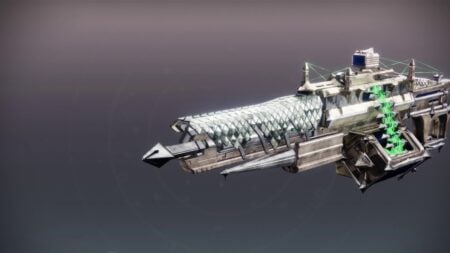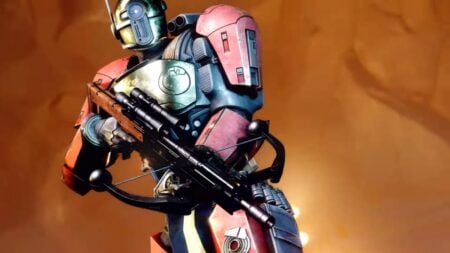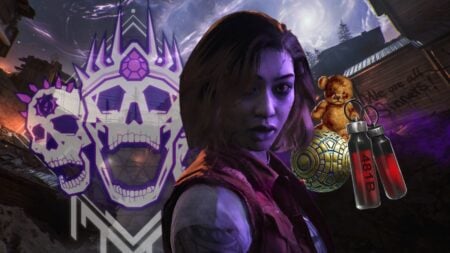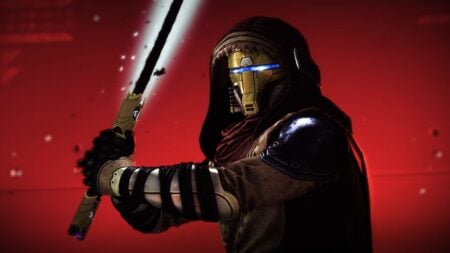Version tested:
Also available on: PS4, Windows, Linux, Mac OS
Developer: Rocksteady Studios
Publisher: Warner Bros. Interactive Entertainment
This week saw the release of the much-anticipated sequel to the Batman Arkham series, Arkham Knight. The previous three games (Arkham Asylum, Arkham Origins, and Arkham City) were amazingly (and deservedly) well-received by fans and critics alike, scoring a 91, 74, and 91 on Metacritic with similar user ratings. Obviously, Arkham Knight has a lot to live up to. It manages to exceed expectations. This may be a bold statement considering the PC release debacle and the mass of great-looking games slated to come out this Fall, but Arkham Knight may very well be Game of the Year this year.
(Minor spoilers to follow; major spoilers for the previous games in the series)
The main story of Arkham Knight picks up not long after the events of Arkham City. Scarecrow (masterfully voiced by John Noble) is back at it; threatening to blanket the city of Gotham in his fear toxin. The city is evacuated, leaving the streets conveniently clear of anyone other than criminals (this is important for making sure that your expeditions in the Batmobile don’t turn the Arkham Knight into the newest iteration of GTA). Scarecrow has enlisted the help of a new, enigmatic villain known only as “the Arkham Knight.” This character dresses like a cyborg Batman, has intimate knowledge of Batman’s resources and tactics, and employs a force of highly trained mercenaries who are able to adapt to Batman’s tactics throughout the game. Who he is is a huge plot point in the main story.

Scarecrow has previously been kind of a weak, secondary super villain. He is kind of a one-trick pony. He’s a brilliant chemist, but not much of a fighter, and even his chemistry brilliance is focused on one thing: fear. He generally makes for a great thematic villain, as Batman’s whole thing is striking fear into the hearts of criminals and Scarecrow is a perversion of that, but he’s tough to bill as a marquis villain (even Batman Begins had him riding shotgun to Ra’s al Ghul). Therefore, it was natural to expect the same thing to happen with this game; for Scarecrow to be a garnish on a dish that’s mainly Arkham Knight. However, a combination of excellent writing and the enormously creeptastic voice acting of John Noble makes Scarecrow truly the top villain in this game, with Arkham Knight taking (or bucking, as it were toward the end of the game) orders from him.
Additionally, it wouldn’t be an Arkham game without the inclusion of a wide variety of characters from Batman’s Rogue’s Gallery. We see appearances from Man-bat, Two-face, Penguin, and Deadshot, as well as several others.
The Riddler’s part in this installment is beefed up wonderfully. In previous Arkham games, the Riddler’s part was placing riddles and trophies around the city, taunting Batman, and… that’s pretty much it. Solving the Riddler’s puzzles would unlock character models and achievements, but not much other than that. He was a great character for completionists, but left the rest of us not caring that much. Arkham Knight‘s Riddler has a full set of missions aside from the riddles that grant skill points and advance a plot.

Speaking of completionists, Arkham Knight throws a great twist in for people like me whose attention spans drop off after the completion of the main story. Discussing exactly what that twist is would spoil much of the story, but suffice to say the writers left an almost unbearable carrot for players to want to complete all of the “Most Wanted” missions.
I briefly mentioned the writing of this game before, but it bears repeating again: This game is yet another example of excellent Batman storytelling. It’s not just the story itself; there are some great themes that get explored throughout this game. Fear and guilt–the two big mainstays of the Batman character–are huge in this game. A dose of the Scarecrow’s fear toxin (among other things) causes Batman to see the Joker everywhere he goes. This, along with some other circumstances that occur in the game, causes Batman to relive Joker’s murder of Jason Todd and wrestle with his guilt connected to that incident.
The atmosphere of the game reflects the themes presented in the story. The Joker’s appearances are often unnerving (well… even more unnerving than the Joker normally is). You feel along with Batman that you’re losing your mind. And Man-bat’s appearance is downright pants-shitting in how unexpected it is.

Of course, we have to talk about the Batmobile. It seemed like the iconic vehicle might take a back seat to the more traditional methods of transportation like grappling and gliding. The roads and other environments can get a little tight. But the Batmobile is extremely maneuverable even in its regular “pursuit” mode, and then converts to a highly maneuverable hover tank at the push of a button. This essentially turns several sections of the game into “Batman: Tank Commander,” which is the coolest title I’ve ever written in my life.
Technically speaking, this game is an awesome feat. The fight mechanics are the same beautiful, brutal dance captured by the previous games. The graphics (even on console) are gorgeous. And there are zero… I say again… zero load screens in this massive world.* Sure, loading up challenges and dying cues load screens (since those put the player in entirely different worlds), but walking into a building or changing areas doesn’t cause a black screen, spinning wheel, or mildly interesting trivia. The transitions between gameplay and cinematics are flawless.
*Yes… I understand that cinematics and elevator rides are technically load screens, but they are expertly disguised in mood-building or story-advancing ways.
Arkham Knight stands on the shoulders of the giants of the first two Arkham installments and delivers the action, darkness, and technical prowess of its predecessors while adding new and improved elements.
Have you had a chance to play yet? What did you think?
[review]







